Plant Diversity Co.
Full season Cover (OverWinter)
The Overwintering Full Season Cover
The Overwintering Full Season Cover
A blend of warm & cool season plant species with the addition of Winter Triticale and Sweet Clover to provide an insurance policy with Mother Nature along with overwintering capabilities. If hot/dry conditions are present, warm-season plant species will compose the majority of the biomass. If cool/wet conditions are present, cool-season plant species will compose the majority of the biomass.
Avoid over-grazing in the fall to increase the chances of Winter Triticale and Sweet Clover Overwintering. If grazing in the fall, allow ample time for plants to recover before freeze up.
To learn more about the benefits of having C4 plants & C3 plants in the blend, click here.
The Full Season Cover® you know and love, with the addition of Winter Triticale & Sweet Clover for overwintering capabilities. Graze the following spring.
Seeding Rate: 80 Ibs/acre SKU: 2000 Ib Tote
Seeding Time: May 15th - June 15th
Use On The Farm: Silage, Dry Hay, Grazing
Days To Maturity: 60-70 days
Seed Tag: Click here
Inoculant Required: Learn More
FCC Financing is available for 2025-2026 seed purchases.
See below for the most frequently asked questions regarding the Full Season Cover (Overwinter)®
If applying Nitrogen fertilizer, keep below 40 Ibs/acre actual.
If applying Phosphorus fertlizer, keep below 10 Ibs/acre actual (in seed row)
A multi-species rhizobium inoculant is required (NDURE).
Important To Note: Excess nitrogen fertilizer will inhibit legumes from establishing a relationship with rhizobium bacteria. This relationship needs to be established for later season vegetation and growth.
If weed pressure is an issue or you have a history of problem weeds on the field you selected, we recommend a pre-burn herbicide application. Do not plant on fields with kochia problems. For best weed control, spray crop with glyphosate 2-3 days after seeding. (pre-emergence)
The herbicides AIM (Group 14) or Conquer (Group 14 & 6) from FMC are a recommended glyphosate tank mix partner for better control of broadleaf weeds.
To maximize plant diversity, delaying seeding until end of May (or soil temperature above 8 degrees C) is recommended to ensure a diverse stand.
Seed the Full Season Cover (Overwinter)® at a seeding depth of 3/4 inch - 1 inch
The Full Season Cover (Overwinter)® will reach full biomass potential about 60-70 days after germination. Due to plant diversity and indeterminate species, the window for silage is much wider than a monocrop forage.
Cut Early: Less biomass, more regrowth, higher protein.
Cut Later: More biomass, less regrowth, lower protein.
Cutting Height: A lower cutting height will put more pressure on overwintering species chance of survival.
Expect a balanced feed ration of energy & protein due to high energy cereals & high protein legumes.
Range depends on harvest timing.
Protein: 11.0-16.0
TDN: 60-65
Yes. You can expect 7-10 days dry down time. Feed quality & palatability will be slightly lower than silage.
Plant species in the Full Season Cover (Overwinter)® have been selected to maximize regrowth potential for late fall grazing - a balanced, diverse cattle feed (energy + protein).
Winter Triticale will make up majority of the regrowth.
High Precip: Expect Cool Season plants to compose the majority of regrowth biomass.
Low Precip: Expect Warm Season Plants to compose the majority of regrowth biomass.
If you want more re-growth, cut early. If you want more winter forage with less grazing, cut later.
These species have been included to maximize early-season moisture for spring grazing.
Be sure not to overgraze the previous fall to give Winter Triticale & Sweet Clover the best chance at overwintering.
If hot/dry conditions are present, warm-season plant species will accumulate biomass. If cool/wet conditions are present, cool-season plant species will accumulate biomass. Why?
Warm Season Plants (C4) evolved in hot/dry environments.
Cool Season Plants (C3) evolved in cool/wet environments.
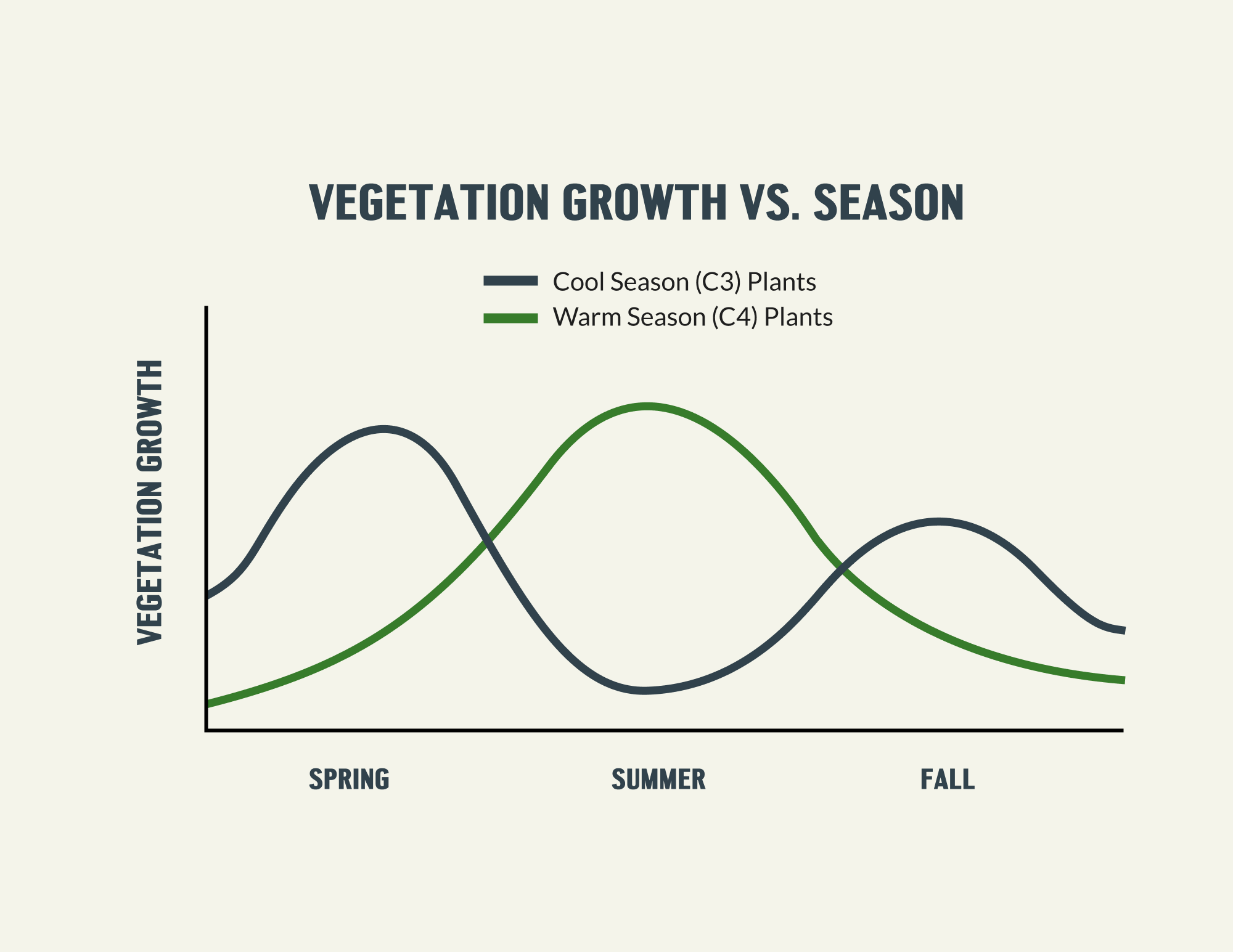
Depending on soil temperature, soil chemistry, and environmental conditions present, a different spectrum of plant species in the canopy is always expressed.
This is why plant diversity is an insurance policy with Mother Nature.
STEP 1: If weed pressure is an issue or you have a history of problem weeds on the field you selected, we recommend a pre-burn herbicide application (with no residual). Do not plant in fields with kochia problems.
STEP 2: If applying Nitrogen, keep below 40 Ibs/actual. A multi-species rhizobium inoculant is required. Excess nitrogen fertilizer will inhibit legumes in establishing a relationship with rhizobium bacteria.
STEP 3: Do not broadcast. Target 3 ⁄4 of an inch or up to 1 inch if moisture is available. The larger seeds will “give way” to the smaller seeds in the blend. Do not bury the blend 2-3 inches into the ground.
STEP 4: Waiting for ideal soil temperatures ( above 8 degrees Celcius) allows the warm season species to establish & avoid frost risk - increasing the potential for yield, feed quality & drought resilience.
For higher protein & palatability, harvest early. For higher yield & TDN, harvest later. The blend provides flexibility depending on your farm goals. Avoid over-grazing in the fall to increase the chances of Winter Triticale and Sweet Clover Overwintering. If grazing in the fall, allow ample time for plants to recover before freeze-up.
Did You Know? 96 percent of a plant comprises three elements: Carbon, Hydrogen & Oxygen. (water & sunlight)
All cool-season cereals in this blend are sourced to guarantee CERTIFIED NO. 1 quality control & standards
All other seeds sourced and cleaned in the Full Season Cover® meet the minimum standard of COMMON NO. 1
Weed Seed %: Cleaned to Canada Certified No. 1 standard
Germination % Minimum: Canada Certified No. 1 standard
Plant Type: Cool Season Grass
Seed Quality: Certified #1 Standard
Variety: Haymaker
Why In The Blend? Haymaker Oats are a great nutrient scavenger due to their dense fibrous root system. One of the most mycorrhizal-dependent cereals. Large leaf surface gives forage oats the upper hand over regular oats when maximizing sunlight capture. (Photosynthesis)
Plant Type: Cool Season Grass
Seed Quality: Certified #1 Standard
Variety: CDC S-01 Super Oats
Why In The Blend? A low-lignin oat developed for cattle feed in 2006 by the Crop Development Center at the University of Saskatchewan and released to Super Oats Canada Ltd. These oats features a high-oil, more digestible groat that provides greater energy density for livestock compared to other oat varieties.
Plant Type: Cool Season Grass
Seed Quality: Certified #1 Standard
Variety: Conlon
Why In The Blend: Forage Barley adds a cool-season cereal for increased diversity above and below the canopy.
Plant Type: Cool Season Grass
Seed Quality: Certified #1 Standard
Variety: Surge
Why In The Blend? Spring Triticale does well in a wide range of soil conditions, including lighter soils or areas with moderate levels of salinity. Provides increased diversity of root exudates from the cool season grass family to feed soil biology. High silage quality.
Plant Type: Cool Season Grass
Seed Quality: Certified #1 Standard
Variety: Sadash
Why In The Blend? This is a popular soft white spring wheat variety in Canada known for its high yields and quality. It has short, strong straw and excellent standability.
Plant Type: Cool Season Legume
Seed Quality: Common #1 Standard
Variety: 40-10
Why In The Blend? Forage pea varieties focus on smaller seed & increased biomass rather than grain yield. Rapid spring growth. The “leaky root” characteristic allows this plant to share nitrogen with other plant species.
Plant Type: Cool Season Legume
Seed Quality: Common #1 Standard
Why In The Blend? Hairy Vetch holds the highest nitrogen fixation capabilities of any legume species we grow in Western Canada. Sunlight opportunist due to its creeping growth characteristics. High protein feed source. Regrowth.
Plant Type: Warm Season Grass
Seed Quality: Common #1 Standard
Why In The Blend? German Millet is a longer growing season than most millets (Pearl, Proso, etc.) which means no volunteers the following year. Extremely vegetative. This C4 grass has a waxy leaf surface to decrease evapotranspiration in high temperatures.
Plant Type: Warm Season Grass
Seed Quality: Common #1 Standard
Why In The Blend? One of the most valuable plant species in the blend. Sorghum Sudan is C4 grass which allows for rapid biomass production in hot summer conditions. Sorghum Sudan has the ability to capture sunlight atop the canopy. Reduced lignin content and higher forage digestibility than corn makes it ideal for winter feed.
Plant Type: Warm Season Broadleaf
Seed Quality: Common #1 Standard
Why In The Blend? Due to its non-mycorrhizal association, root exudates are very good at solubilizing unavailable phosphorus. Flowers attract an array of pollinators.
Plant Type: Cool Season Broadleaf (Linum)
Seed Quality: Common #1 Standard
Why In The Blend? Flax is the highest mycorrhizal fungi-dependent plant. Having a small percentage in the blend helps promote the Arbuscular Mycorrhizal Fungi network. (The network that allows all plant species in the blend to share minerals & water)
Plant Type: Warm Season Broadleaf
Seed Quality: Common #1 Standard
Why In The Blend? Sunflowers are a palatable feed when taken early with good drought tolerance. Deep rooting characteristics allow this plant to access minerals deep in the soil profile (specifically, Zinc). C3 plant with C4 growth characteristics. Early maturing.
Plant Type: Cool Season Broadleaf (Brassica)
Seed Quality: Common #1 Standard
Comments: Highly nutritious brassica (digestibility & protein). Tuber scavenges nitrogen and other nutrients for slow release decomposition the following year.
Plant Type: Cool Season Broadleaf (Brassica)
Seed Quality: Common #1 Standard
Comments: Highly nutritious brassica (digestibility & protein). Tuber scavenges nitrogen and other nutrients for slow release decomposition the following year.
Plant Type: Cool Season Legume
Seed Quality: Common #1 Standard
Comments: Very palatable livestock feed > alfalfa. Low-coumarin sweet clover varieties have been developed to reduce the risk of bleeding disorders in livestock,
Plant Type: Cool Season Grass
Seed Quality: Common #1 Standard
Variety: Bobcat
Why In The Blend: Good overwinter cover crop option, especially if taking for silage/grazing. Highest palatability of winter annual grass species.
To find testimonials from farmers across Western Canada who have implemented our blends into their operations, click here.
You can find further farmer testimonials on social media via Facebook, Twitter & Instagram.
If you’re looking for further education on the concept of multi-species cover crops for winter forage & grazing - consider attending one of our upcoming meetings.
A great opportunity to network with like-minded farmers from your area.
Remember to apply for the OFCAF funding, where you may be eligible to recieve $50.00/acre (max. $75,000) for adopting multispecies cover crops on your operation. Click here for help getting the process/application started.
Funding will differ across Manitoba, Saskatchewan, & Alberta.
Feel free to contact your Provincial Territory Manager if you have any further questions regarding the Full Season Cover (Overwinter)®
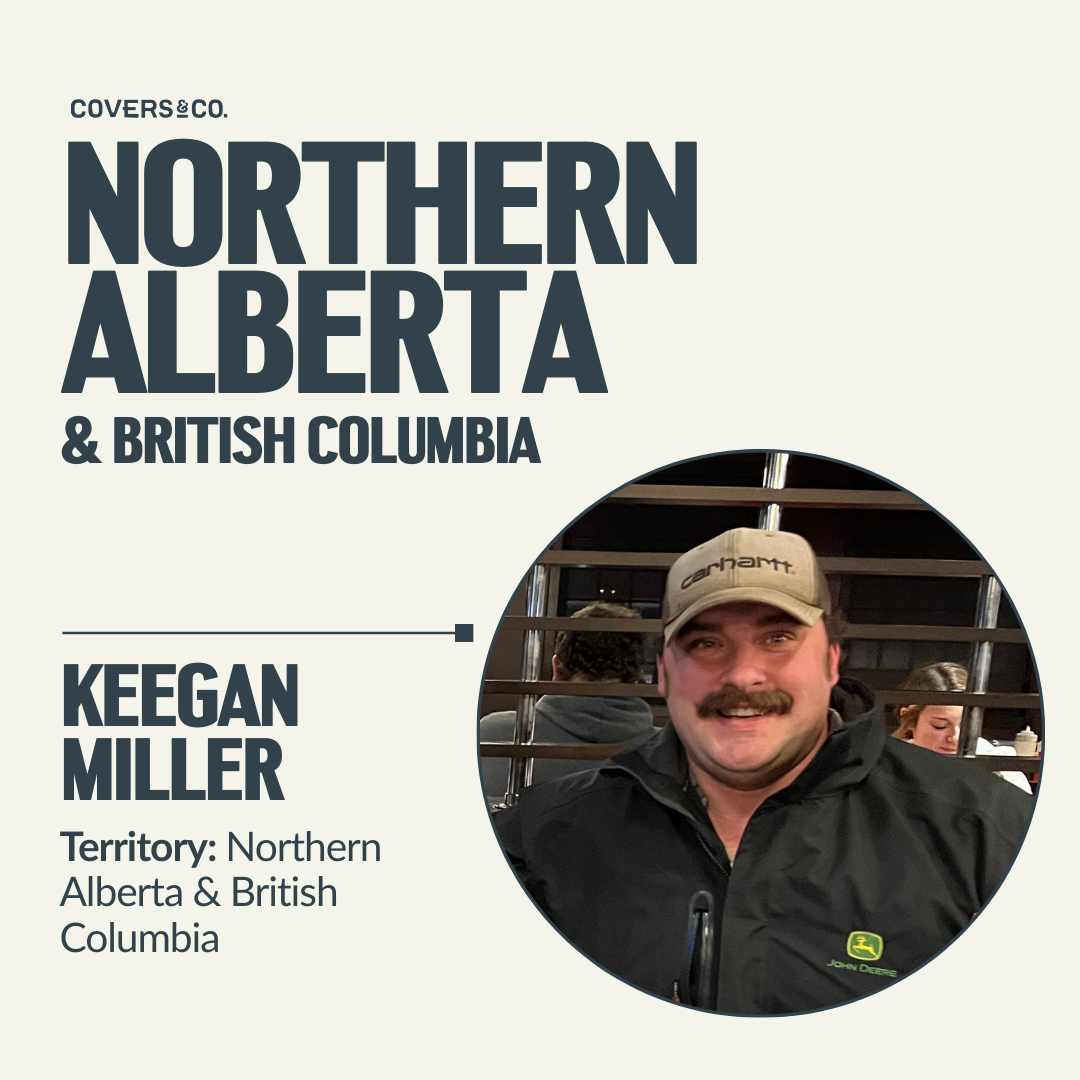
Name: Keegan Miller
Home Farm Location: La Corey, Alberta
Territory: Northern Alberta & British Columbia
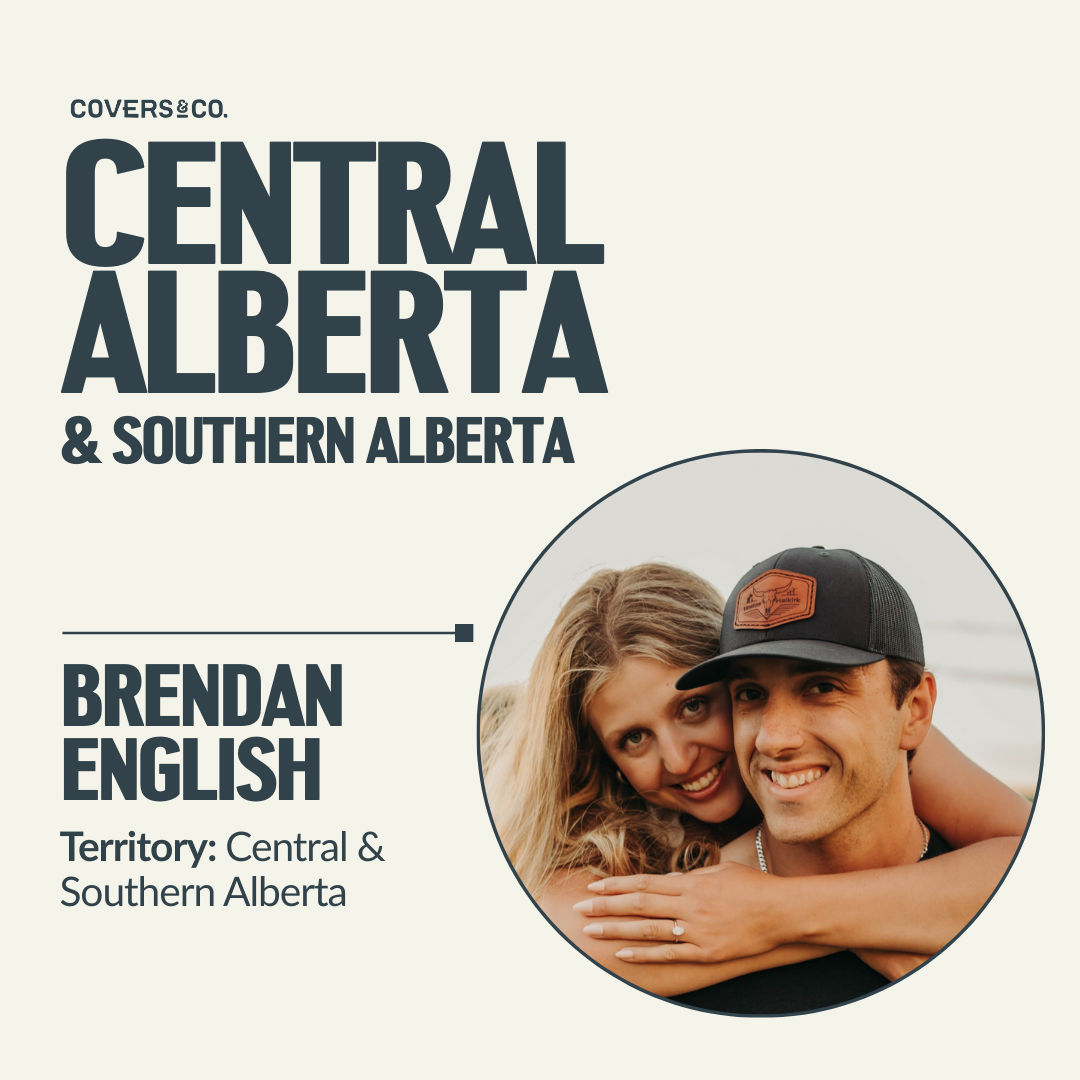
Name: Brendan English
Home Farm: Castor, Alberta
Territory: Central & Southern Alberta

Name: Tanner Hale
Home Farm Location: Hines Creek, Alberta
Territory: Peace River Country, Alberta
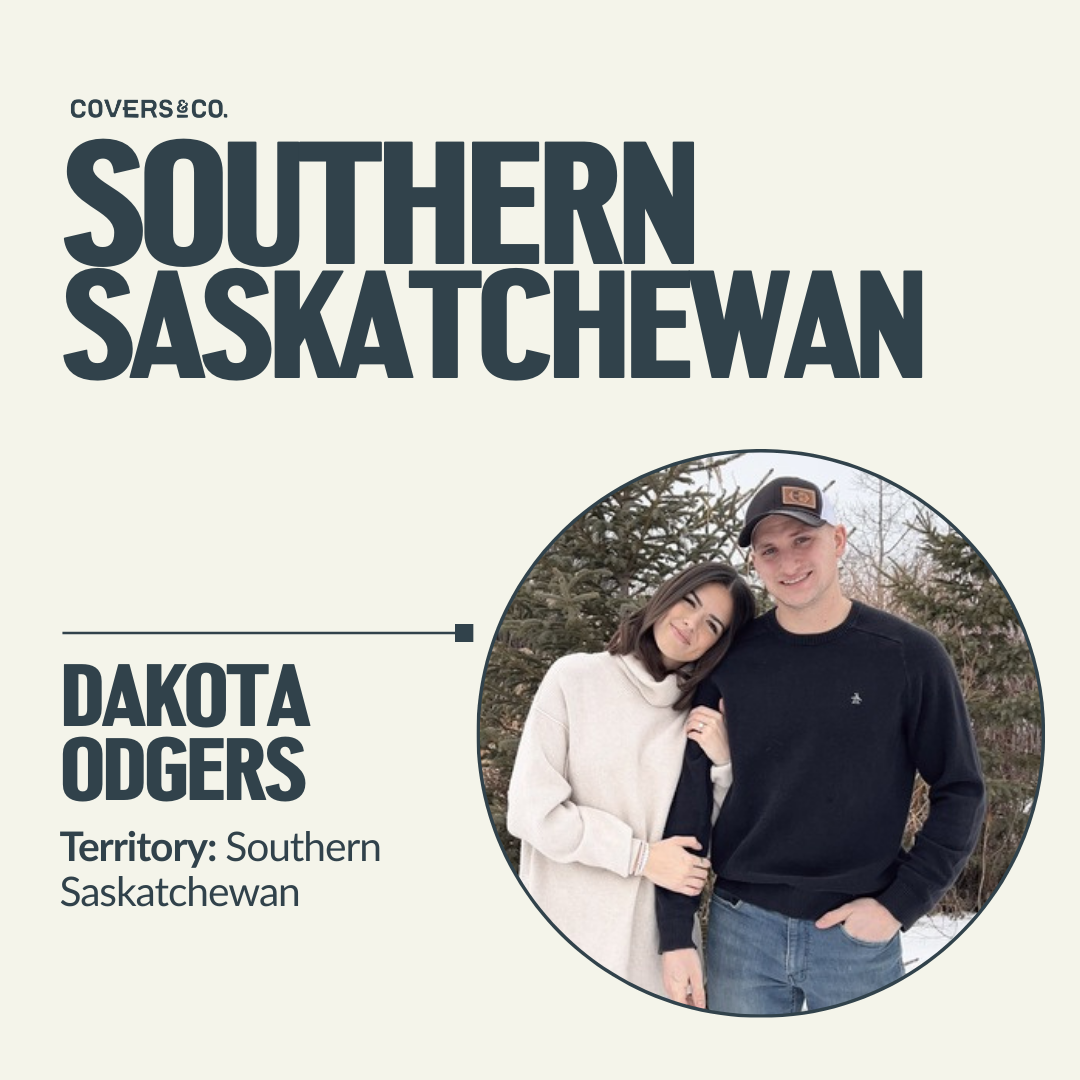
Name: Dakota Odgers
Home Farm Location: Spy Hill, Saskatchewan
Territory: Southern Saskatchewan
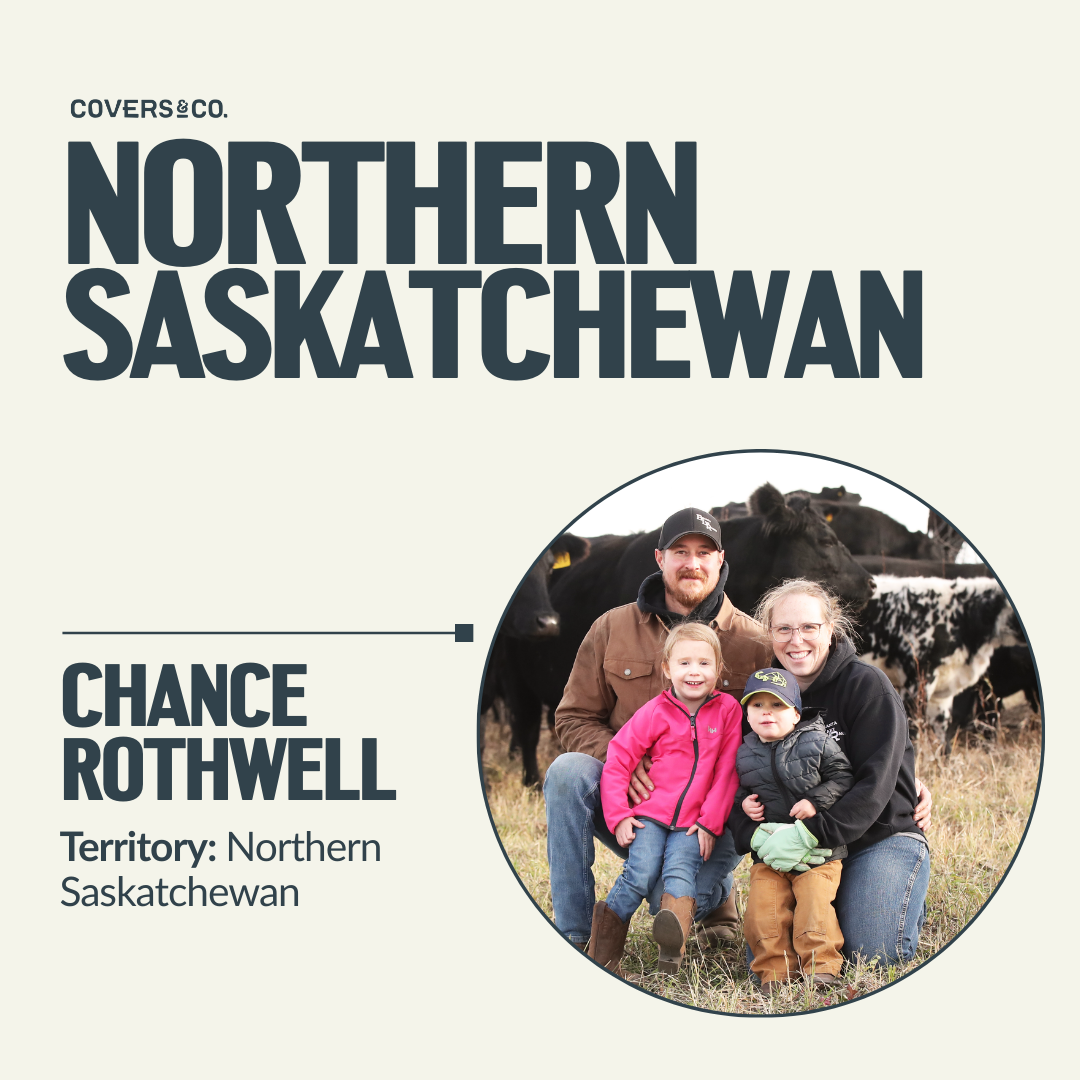
Name: Chance Rothwell
Home Farm Location: Shellbrook, Saskatchewan
Territory: Northern Saskatchewan
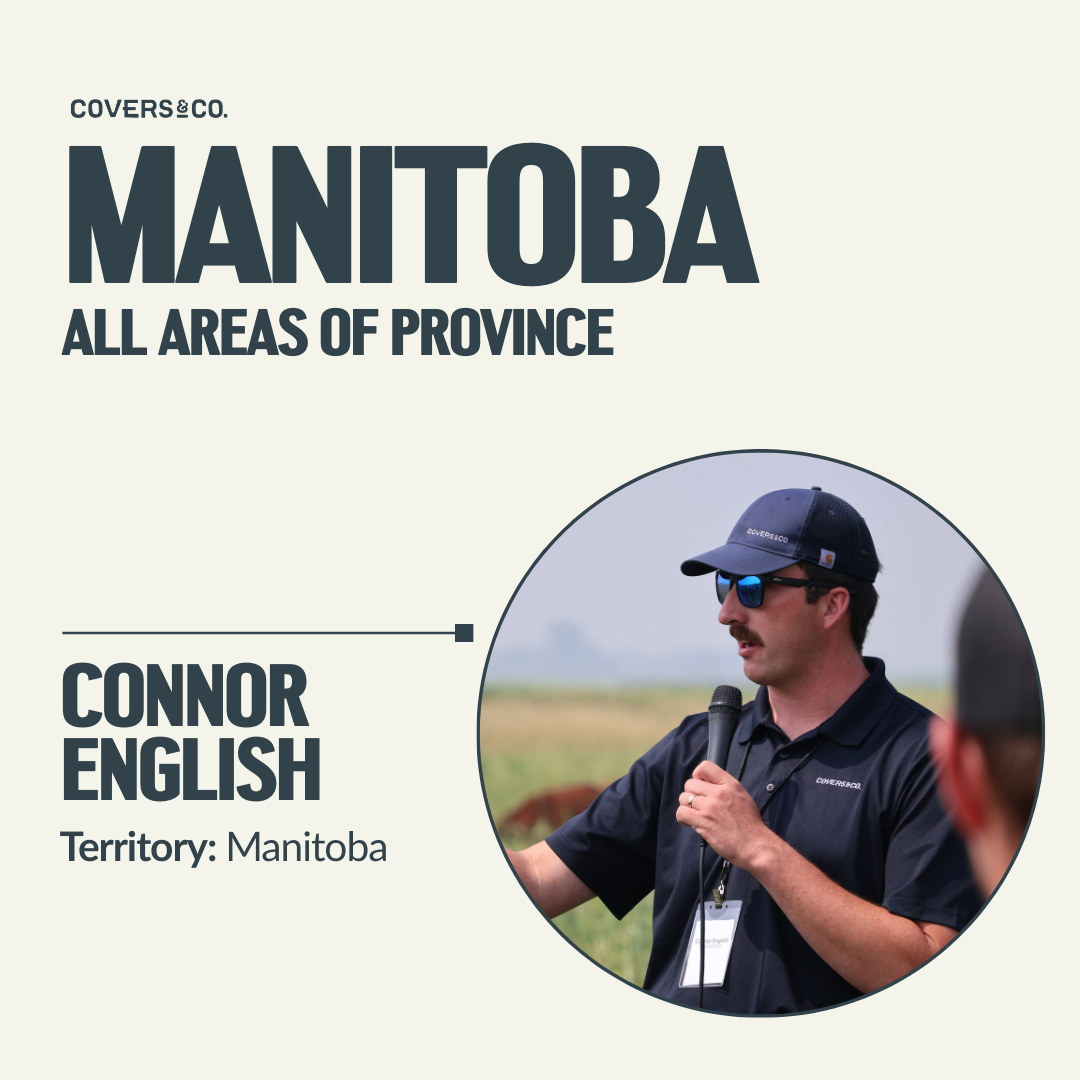
Name: Connor English
Home Farm Location: Bradwardine, Manitoba
Territory: Manitoba (all areas)